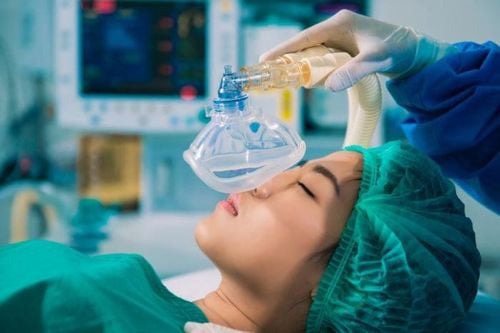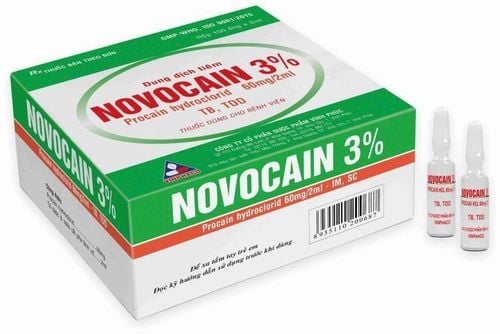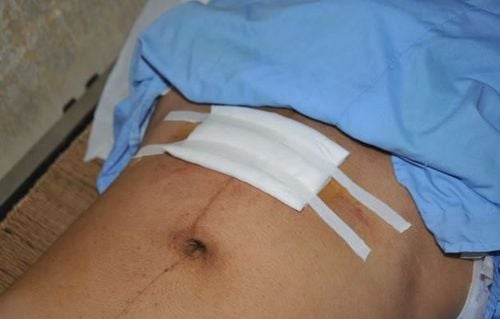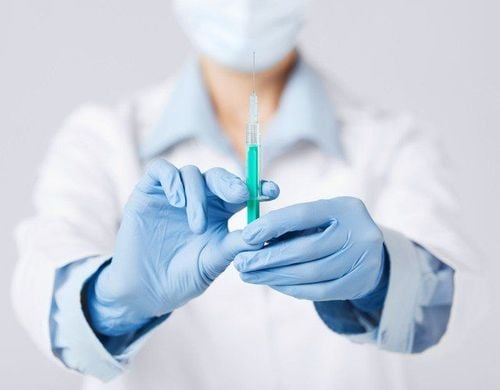This is an automatically translated article.
Posted by Doctor Nguyen Trung Thanh - Department of Surgical Anesthesia - Vinmec Central Park International General Hospital.After surgical procedures with sedation or anesthesia, patients are usually transferred to the recovery area for monitoring before being transferred to the ward, some cases are transferred to the recovery unit depending on their condition. the patient and the nature of the surgery.
1. What is Awakening?
Recovery is the care of patients after surgery to control residual effects of anesthesia, anesthesia and monitor and detect complications related to surgical anesthesia.
Anesthesiologist and recovery nurse will be responsible for monitoring the patient throughout the patient until safety criteria are met before handing over to the resident physician and nurse
2. Why monitor recovery after surgical anesthesia?
Complications related to anesthesia and surgery can occur at any time after surgery, most often occurring in the first few hours after surgery. Recovery time helps care, monitor, detect to promptly handle complications and early complications of patients after surgical anesthesia.
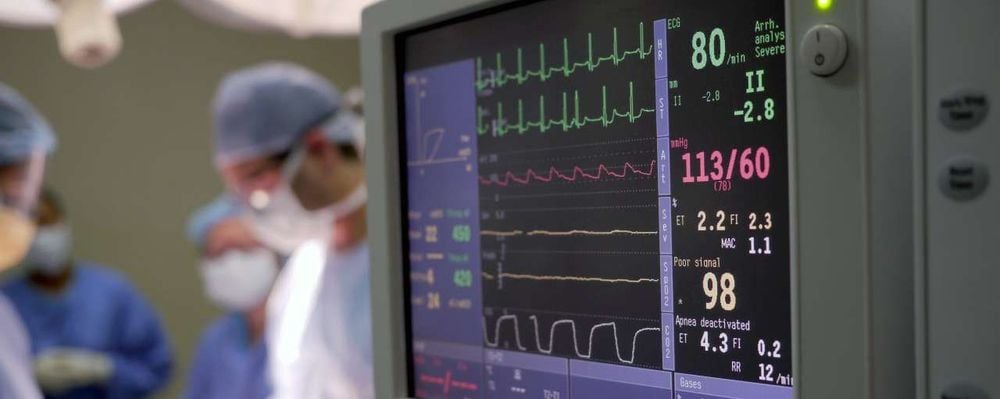
3. Parameters to be monitored during recovery
The patient will be monitored and cared for by an anesthesiologist and nurse with the following parameters and manifestations:
Perception Vital signs: pulse, blood pressure, breathing rate, body temperature Oxygen saturation Pain condition Status of incision, drainage Balance of fluid in and out, Movement Abnormal manifestations (if any): Nausea, itching, urinary retention, tremor
4. What should the patient do during the recovery period?
Do not arbitrarily remove the infusion line, oxygen breathing line, drainage tubes as well as do not remove your health monitoring equipment (blood pressure cuff, ECG electrodes, oxygen saturation monitoring cable) ).
Relax, don't hesitate to report or signal (if you can't speak) to your nurse or doctor about all the symptoms that make you uncomfortable or feel unusual.
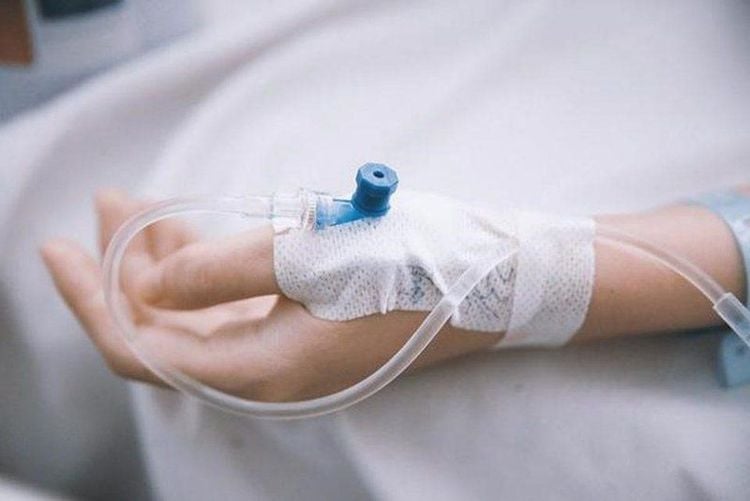
5. How long is the recovery time?
The time to monitor recovery depends on the patient's level of recovery after surgical anesthesia as shown by the Aldrete score, each level of recovery will be shown by a score from 0 to 2 points. You will be considered to end the resuscitation monitoring when Aldrete's total score reaches at least 10 points. In addition, you must also meet the criteria for pain relief, vomiting, fluid balance, body warmth, incision and drainage.
Normally, the time to follow-up is 120 minutes, some cases of procedural sedation have a follow-up time of 60 minutes after sedation.
Vinmec International General Hospital is one of the hospitals that not only ensures professional quality with a team of leading medical doctors, modern equipment and technology, but also stands out for its examination and consultation services. comprehensive and professional medical consultation and treatment; civilized, polite, safe and sterile medical examination and treatment space.
Please dial HOTLINE for more information or register for an appointment HERE. Download MyVinmec app to make appointments faster and to manage your bookings easily.





